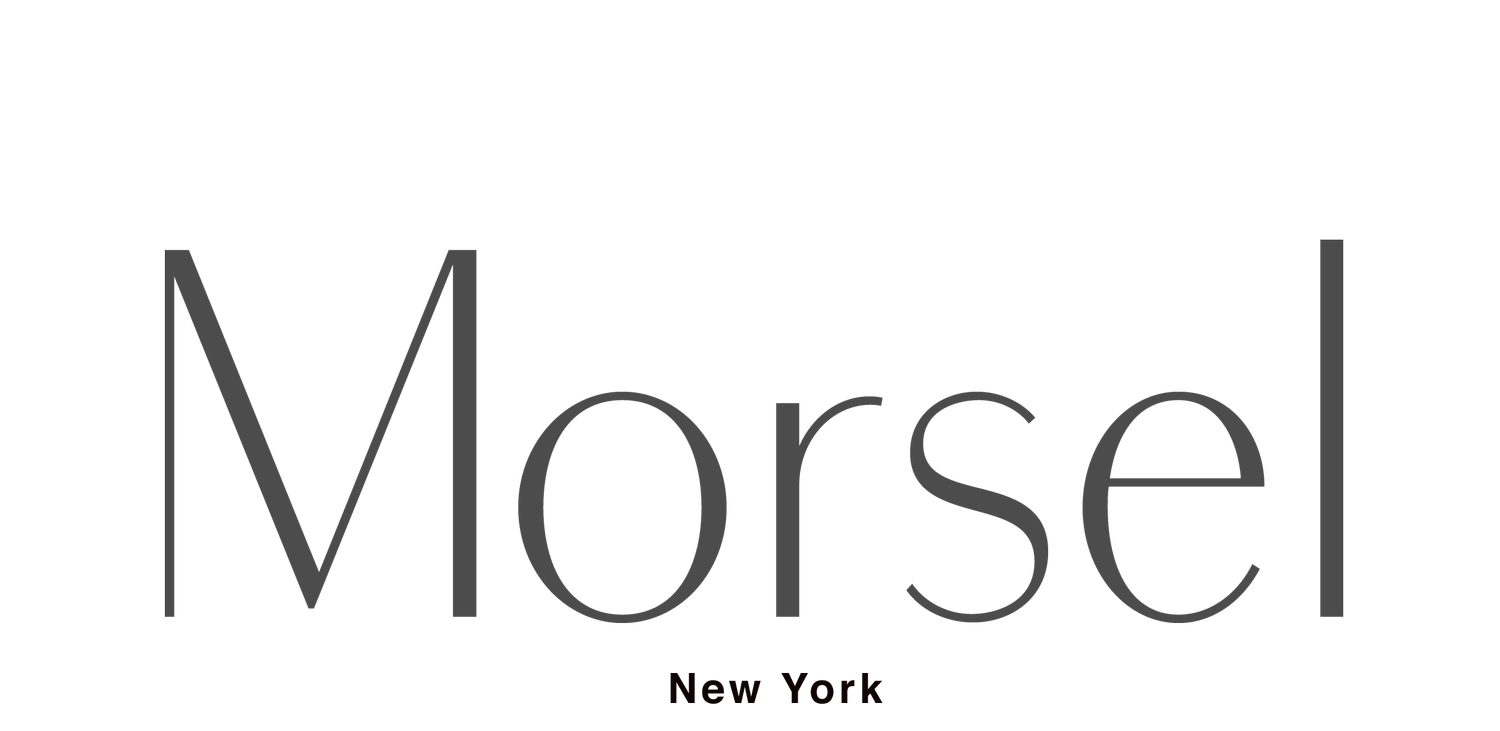A Cheese Cave 30 Feet Below Crown Heights: Clean, Dirty, Delicious



By Hannah Howard
The phenomenon of clean eating dominates health and wellness discourse right now. It means a whole bunch of things to different people. Organic. Non-GMO. Non-processed. Holier than though. Halo worthy. From Vice, in an article aptly titled Eating Clean Is Useless: “Labeling some foods as clean frames the rest as dirty, setting up a binary, us-vs-them, self-righteous world view.”
When I descend the spiral staircases of Crown Finish Caves thirty feet below Brooklyn’s Bergen Street, the temperature drops dramatically. But I’m greeted by something magnificent: 26,000 pounds of cheeses in various states of aging, sitting on shelves in a repurposed lagering tunnel, originally built in the 1850's for brewing and fermenting beer. The arched walls and ceilings are made of brick. The cheese smell is magnificent. I’m still in Brooklyn, but it feels like a different world entirely.
Affinage is the ancient art and science of ripening cheese. First, aging preserves milk, which has helped feed populations through long, cold winters for millennia. Second, it makes cheese unfathomably delicious. Gooey camembert, peppery Roquefort with its blue-green veins, sharp farmhouse cheddar. They all start out as fresh milk, then become nearly flavorless curds. It’s the careful aging process that coaxes out the flavors and textures that make these beauties culinary masterpieces.
Crown Finish Cave Manager Zakia Babb shows me around the bloomies and blues and washed rinds. She lights up at the thought that “there are still some microflora floating around from the lagering days,” even though the space has been cleaned, scrubbed, repainted, and scrubbed some more.
We’re wearing lab coats and hairnets, our hands are freshly washed, yet I’m thinking, this place is deep, dark and funky. It smells of ammonia and animal and butter.
In other words, not “clean.”
Which is not to say that cheese is dirty. It’s one of the purest foods in the world, made from only milk, salt, rennet, and cultures. Most cheesemakers talk in awe of the alchemy that is turning liquid milk into solid cheese. Babb explains that Crown Finish regularly sends out their cheese for lab tests and employs a microbiologist to consult on food safety.
Safety’s not in question here—cheese has an excellent track record. And yet! The best cheeses are a direct result of flora, a term for the (friendly) bacteria, yeasts, and molds that create a cheese’s taste, texture, smell, and form. It’s a beautifully nasty process.
Food safety is no joke—but cleanliness? Dishes and clothes should be spotlessly clean. But the best foods are aged and fermented and absolutely impure—beer, pickles, kimchi, yogurt, dry-aged beef, wine, soy sauce, chocolate, sourdough bread.
And cheese.
A decade ago, I interned at the Artisanal Cheese Center. Every day, I flipped, rubbed, spritzed, turned, and loved hundreds of wheels to perfect ripeness. No matter how many times I washed my hands, I often noticed people edge away from me on the subway ride home.
It feels good to be back in these subterranean rooms where the magic happens. When the cheeses arrive, they are babies—full of potential but devoid of flavor and personality. Crown Finish doesn’t make cheeses, but in aging them they make them what they are. There’s Naked Pruner, a soft ripened sheep’s milk cheese from the Hudson Valley, and Tubby, a 30-pound Alpine-style wheel from Spring Brook Farm in Vermont. After weeks or months or sometimes even years in the cave, they grow up to be tasty, complex, and exquisite. It’s nothing short of miraculous.
Fuck clean eating. Long live cheese.
Crown Finish Caves
925 Bergen St #101
Brooklyn, New York 11238
Photos: Chia Messina







